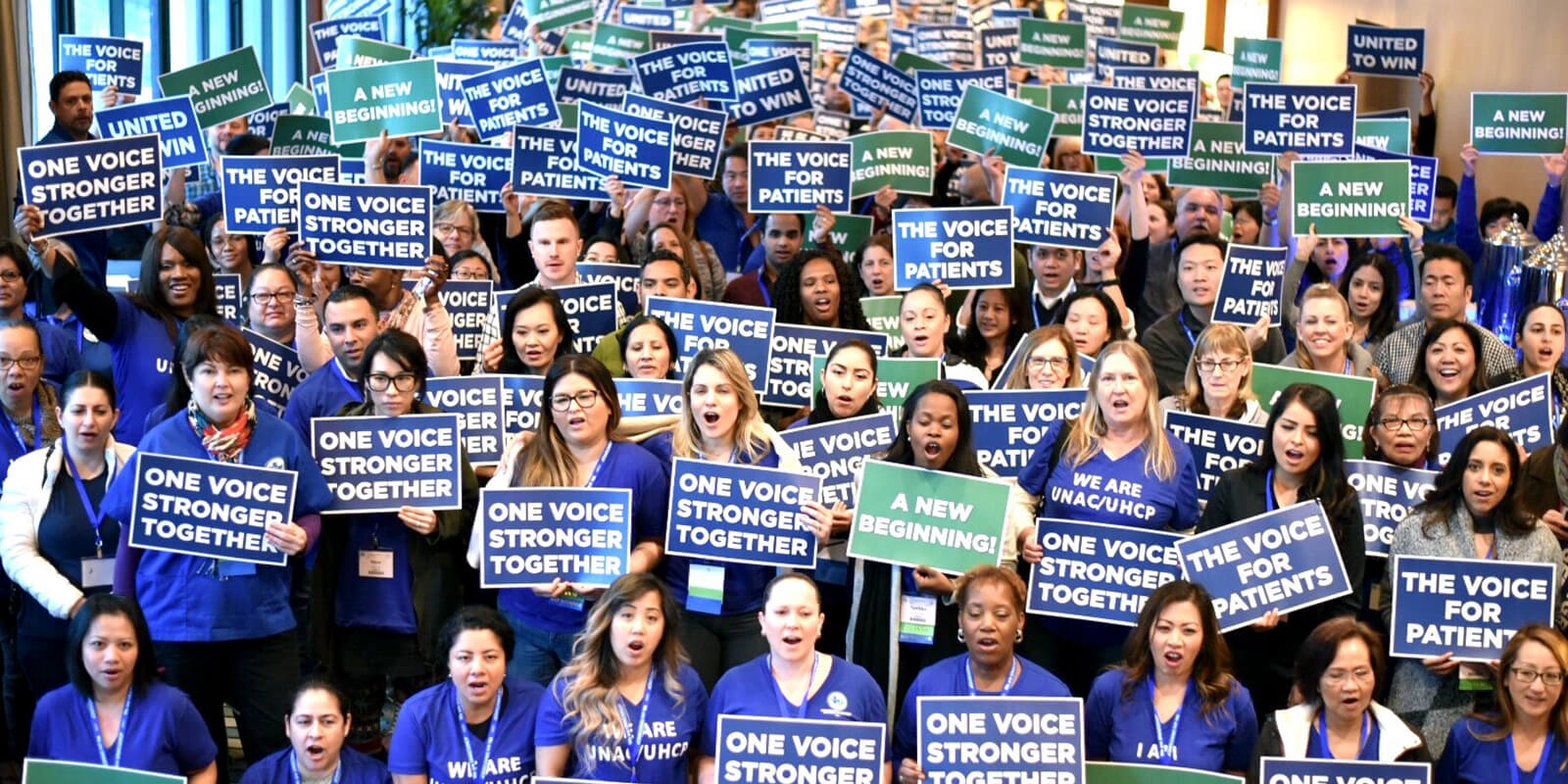Workers in the U.S. are waking up to the union difference.
We said it when Amazon workers in Bessemer, Ala., tried to form their own union. We said it again when more than 10,000 John Deere factory workers went on strike for higher wages. We said it when a Gallup poll revealed that more Americans approve of labor unions today than at any time since 1965, and when Kellogg’s workers went on strike over benefits and vacation time, and many more times last year.
The year 2021 was one of worker activism. Fed up with being underpaid and disrespected by their employers, workers in our country – including many on the front lines of the coronavirus pandemic – stood together and raised their voices.
But just how many? Now we know.
Thanks to researchers at Cornell University, we know there were a full 265 work stoppages – 260 strikes and five lockouts – across the U.S. in 2021, involving approximately 140,000 workers.
The stoppages took place in communities across the country – there was an even distribution across the Northeast (70), West (74) and South (71), with a smaller number in the Midwest (58), and they reached their peak in October and November. Remember Striketober?
Workers who stood together and raised their voices did so in a number of industries, including manufacturing, educational services, health care and social assistance, transportation and warehousing. Their demands were varied – from higher pay to union recognition, COVID-19 protocols, health and safety on the job, retirement benefits and racial justice, among other things.
The report’s data can be accessed through the Labor Action Tracker, a comprehensive database of strike and labor protest activity across the United States. It was created by the researchers, at Cornell’s ILR Worker Institute, to “better inform and support labor movement activists, policymakers, and scholars.”
The union difference is clear: Union members make more money, have more reliable health care coverage and retire with financial security. Standing together means having the power to negotiate for better wages and benefits.
What’s more, workers who have a voice on the job are more likely to have the resources and training to do their jobs well, and they are more likely to feel safe and protected on the job.
Although the Cornell researchers began documenting strikes in late 2020, their database is most accurate as of 2021. What 2022 will bring nobody knows, but this year is already showing a continuation of the trend of rising worker activism.
